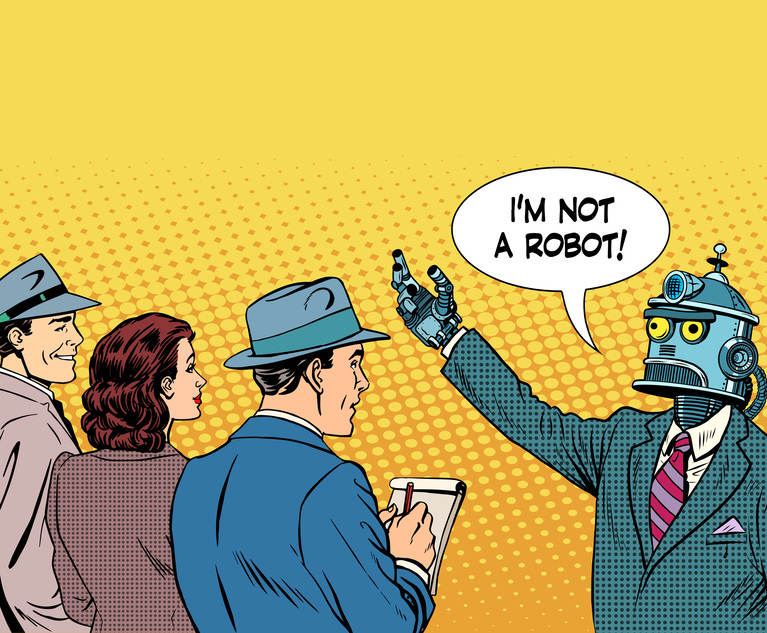Blank eyes, alienlike hands or too many teeth—some of the AI-generated photos and videos have sometimes been pretty recognizable. But in other cases, voice clones and other types of hyper-realistic deepfakes have become almost impossible to discern with the human eye.
For e-discovery professionals standing on the first line of defense against inauthentic evidence making its way into courts, deepfakes are already raising concerns, especially since their tool stack may rapidly become outdated.
This content has been archived. It is available through our partners, LexisNexis® and Bloomberg Law.
To view this content, please continue to their sites.
Not a Lexis Subscriber?
Subscribe Now
Not a Bloomberg Law Subscriber?
Subscribe Now
LexisNexis® and Bloomberg Law are third party online distributors of the broad collection of current and archived versions of ALM's legal news publications. LexisNexis® and Bloomberg Law customers are able to access and use ALM's content, including content from the National Law Journal, The American Lawyer, Legaltech News, The New York Law Journal, and Corporate Counsel, as well as other sources of legal information.
For questions call 1-877-256-2472 or contact us at [email protected]


 Credit: Valery Kachaev/Adobe Stock
Credit: Valery Kachaev/Adobe Stock





